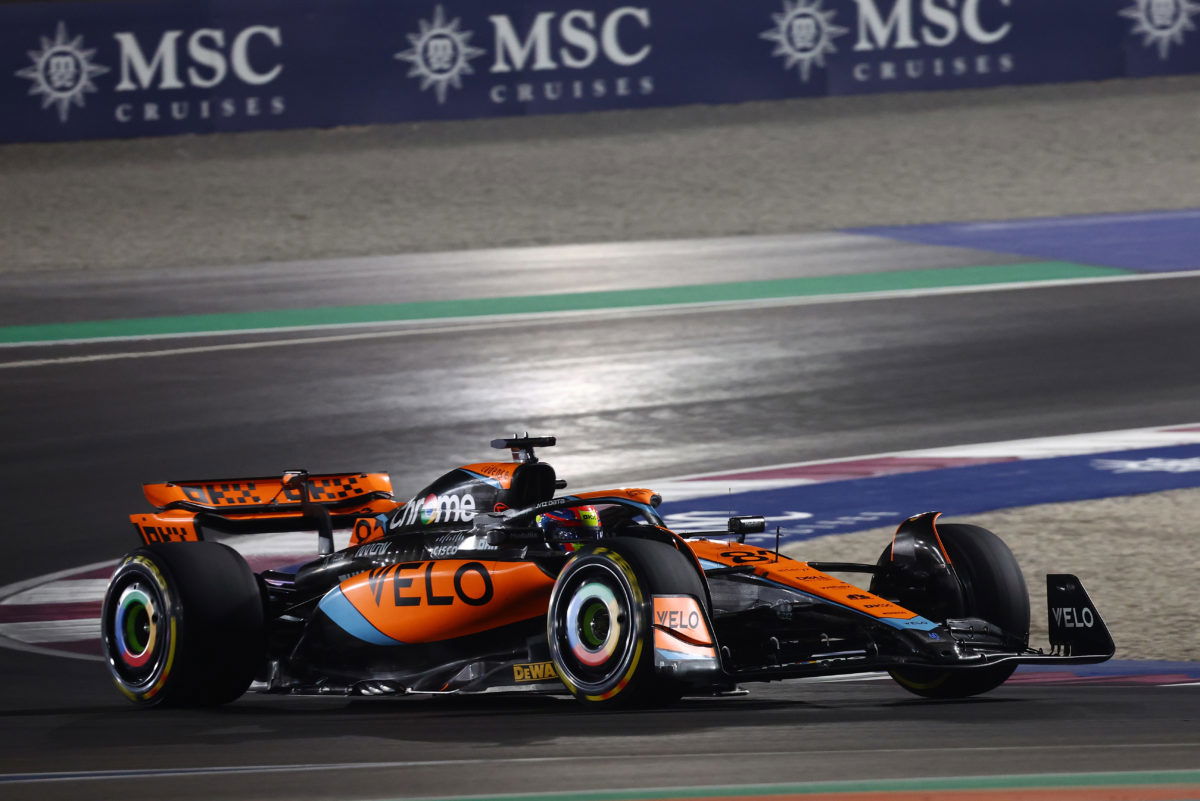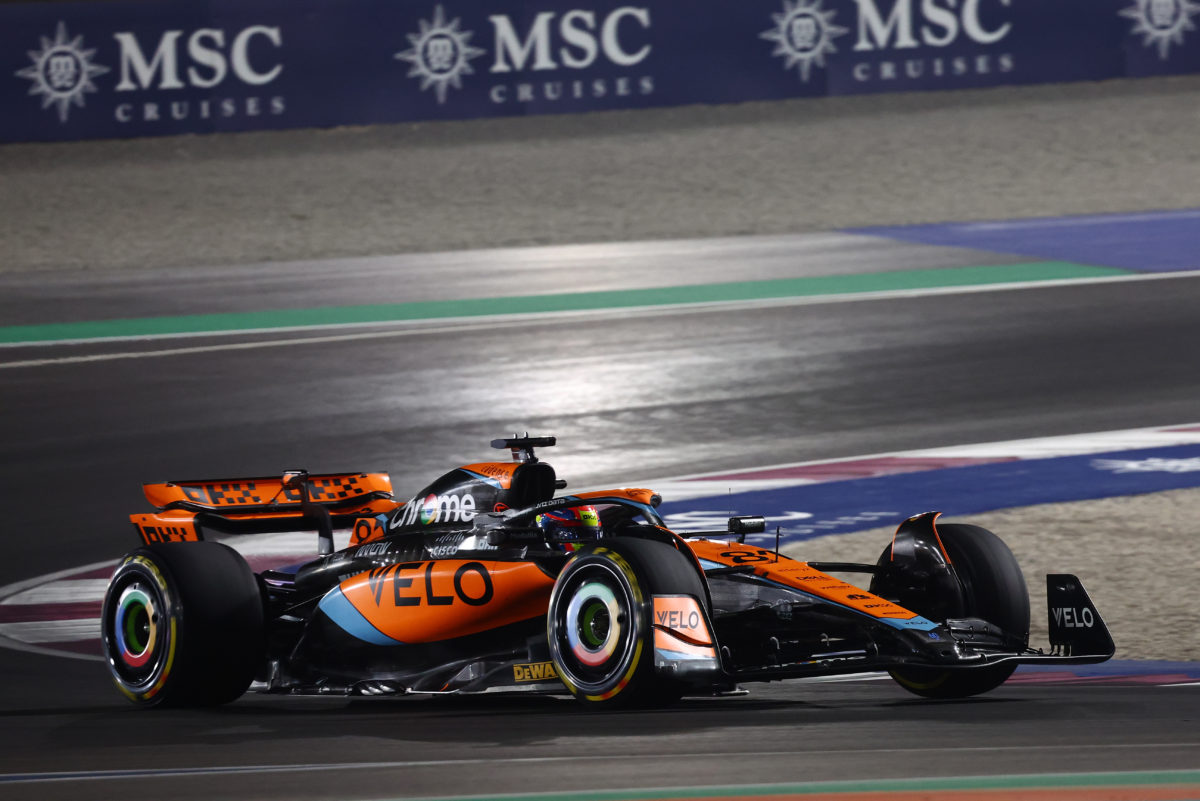

McLaren is to unveil a Formula 1 first at the United States Grand Prix where it will run recycled carbon fibre (rCF) on its MCL60s.
The move is McLaren’s first step towards developing a fully circular car by 2030 whereby the resouces we consume and waste we produce is kept to a minimum by keeping materials in circulation for as long as possible.
McLaren has teamed up with composites organisation, V Carbon, to souce recycled materials made using newly developed technologies.
The car components manufactured using rCF will be the first of their kind and will be used on the cockpit branding panels, which will feature the V Carbon logo.
McLaren Racing director of sustainability Kim Wilson said: “Developing a fully circular F1 car is our moonshot.
“We know that innovating in this space has the potential to make a large contribution to achieving our ambitious sustainability goals.
“As a team, we are passionate about driving change in our sport but we cannot do this alone and need to collaborate with others, like V Carbon and our partners Deloitte, to achieve this.
“Using recycled carbon fibre in key parts of the F1 car at this year’s US GP and analysing their performance on the track is a vital step towards reducing the overall GHG emissions of our car manufacture.
“V Carbon’s new technology, as with many other pioneering developments in F1, also has the potential for wider application across other industries, so we’re excited to explore next steps.”
The environmental benefits of recycled carbon fibre include:
▪ A 90% reduction in life cycle emissions compared to standard carbon fibre, the equivalent of 27 tonnes of carbon emissions for each tonne of material used.
▪ If just one percent of the carbon fibre manufactured globally in 2022 was rCF, it would save 32,535 tonnes of carbon emissions – equivalent to half of McLaren Racing’s total emissions in 2022.
▪ The manufacture of the F1 car is one of the largest contributing factors to the F1 teams’ overall carbon footprint. Enhancing the use of more sustainable materials, therefore, has huge potential to help reduce emissions.
McLaren has previously proven to be pioneers in the past as it was the first F1 team to race a chassis manufactured wholly from carbon fibre in 1981.
More recently, McLaren introduced bio-based flax fibre as a substitute for traditional carbon fibre in 2020, which has since been used in Lando Norris’ car seat.
This latest innovation has prompted the team to accelerate its development of a fully circular F1 car, in tandem with long-standing partner Deloitte.
McLaren F1 Team chief operating officer Piers Thynne said: “The potential future applications of rCF are hugely exciting.
“V Carbon offers up to 85% of carbon fibre original strength, making it strong enough for a variety of applications in F1, and beyond.
“We will continue to work closely with the FIA, F1 and fellow teams to help accelerate change.”
Following the US GP at Austin’s Circuit of the Americas, McLaren intends to continue to run rCF on its cars for the remainder of the 2023 season, assessing the sustainability and performance of the material.
Longer-term, the team intends to scope additional parts on the McLaren F1 car and begin to close the loop in carbon fibre
manufacturing and reduce overall emissions.






















Discussion about this post